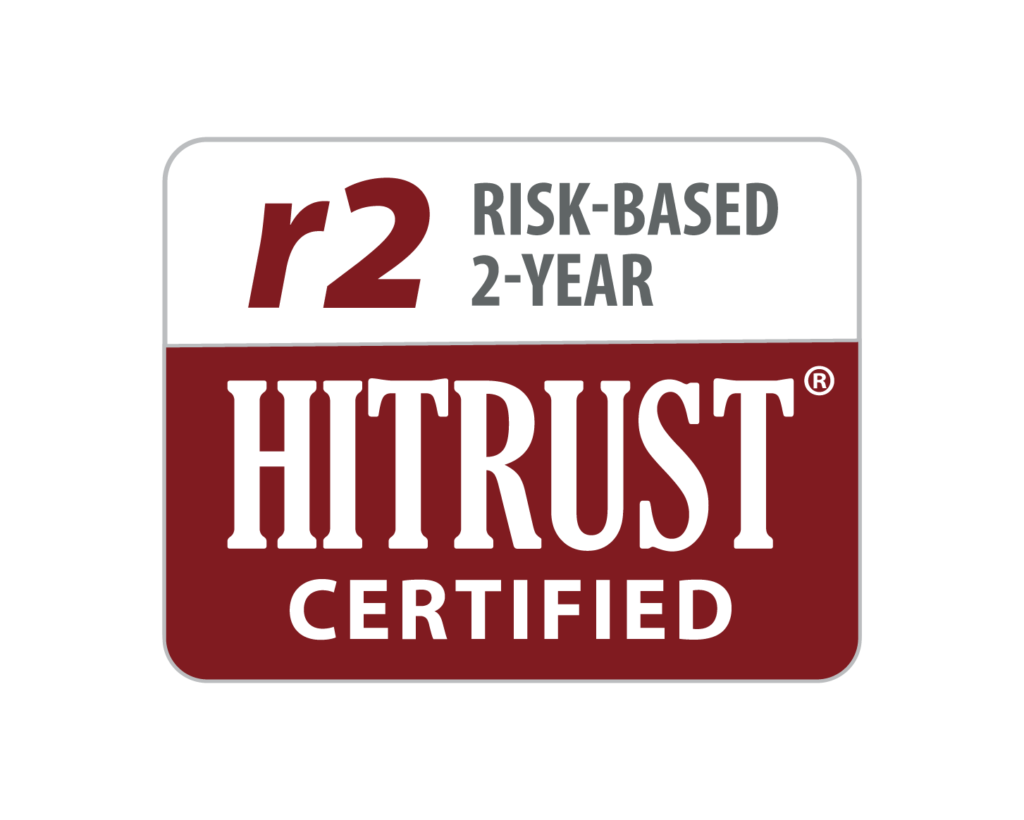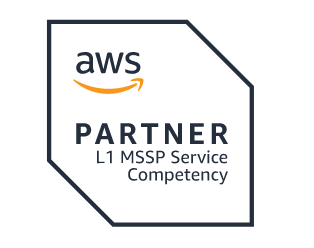Back To The Past — Is A Private Cloud Really Safer
Maybe it’s the word public, but some healthcare organizations think of public clouds as more vulnerable to security attacks, and thus, should be passed over in favor of privately built and managed cloud environments. But how well-grounded are these fears, especially given the frequency of internal healthcare data breaches? As it happens, healthcare IT in the public cloud — that is, in a data center environment managed by a third party vendor and which hosts data from numerous organizations — can enable the healthcare profession to leverage unique features not available anywhere else, including ironclad security.
Benefits Of The Public Healthcare Cloud
In a top tier, third party-managed data center, cloud storage is nearly infinitely scalable, meaning organizations need not worry about constantly buying new servers or providing costly maintenance of servers that are largely unused. This is an essential benefit for initiatives with too much at stake to be put on hold while waiting for extra storage requests to be approved and commissioned.
What’s more, accessibility to this data can be better managed. Organizations can restrict access as they see fit while providing round-the-clock access to those that need it. This is particularly important for large organizations with data distributed across multiple sites in various time zones around the globe.
Of course, affordability is also a leading consideration for managing today’s large-scale volumes of data. In-house servers and infrastructure are expensive, but costs aren’t limited to their purchase and maintenance. Data center cooling consumes a great deal of energy and generates high energy costs. When the power bill is spread out among different entities, however, it’s vastly smaller on a per organization basis.
The Healthcare-Safe Cloud
While it’s understandable to wonder if storing sensitive patient health data in a third party’s cloud data center is less secure than keeping data on in-house servers, the truth is that the former is often the safest option. This is especially the case for chronically strapped internal IT departments (which so many are in the healthcare world). Further, many organizations are finding it difficult to house their analytics solutions within a traditional IT infrastructure.
Some top tier cloud services vendors are building their own healthcare managed cloud that enables organizations to cost-effectively store, manage and securely share data from a single location, with additional benefits uniquely for the healthcare industry. Chief features of the healthcare managed cloud include:
- simplified data sharing
- new capabilities for storage and analysis of large datasets of patient care, population health and healthcare administration information
- protected health information resides in a HIPAA-compliant, HITRUST-certified environment.
Just as essential, the healthcare managed cloud is under the watchful eye and management of experts in healthcare IT who hold a deep understanding of how to meet and exceed the strict compliance requirements that all healthcare organizations must abide by. Utilization of such a solution provides organizations with peace of mind knowing that data is as secure in the cloud as it could be in a bank of in-house servers — and probably more.
About the Author
Matt Ferrari is the Co-Founder & Former CTO for ClearDATA, a healthcare exclusive provider of cloud computing, platform, and information security services. Matt’s HIPAA and HITECH expertise, combined with his extensive understanding of Cloud Storage and Disaster Recovery, make him uniquely qualified to build healthcare storage environments for organizations that require a high degree of scalability, data security, and regulatory compliance. More than 320,000 healthcare practitioners rely on ClearDATA’s secure, HIPAA-compliant, HITRUST CSF-certified cloud, HealthDATA™ infrastructure and SaaS HIT Cloud Management platform to store, manage, protect and share their patient health information and critical applications.


